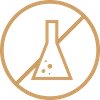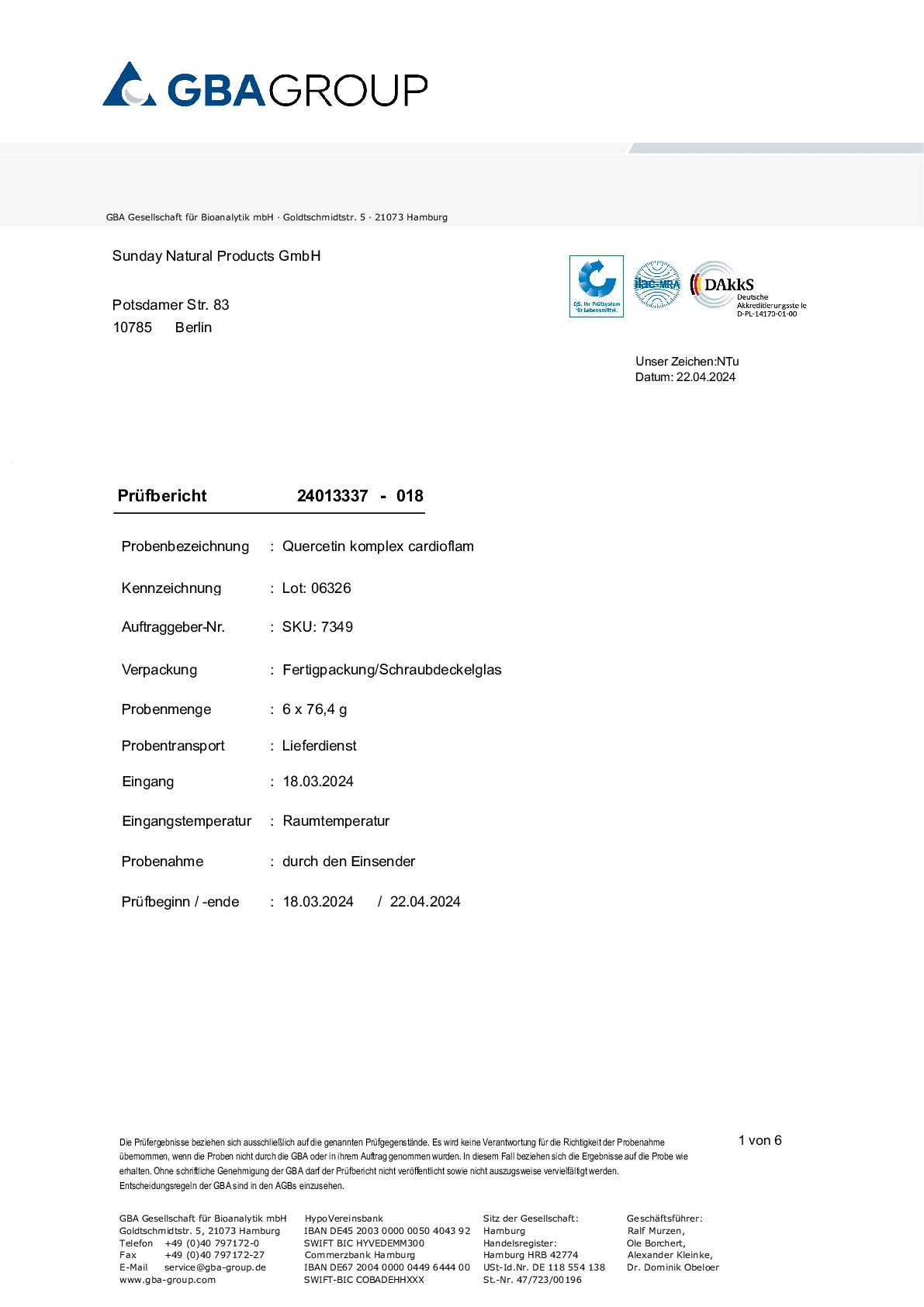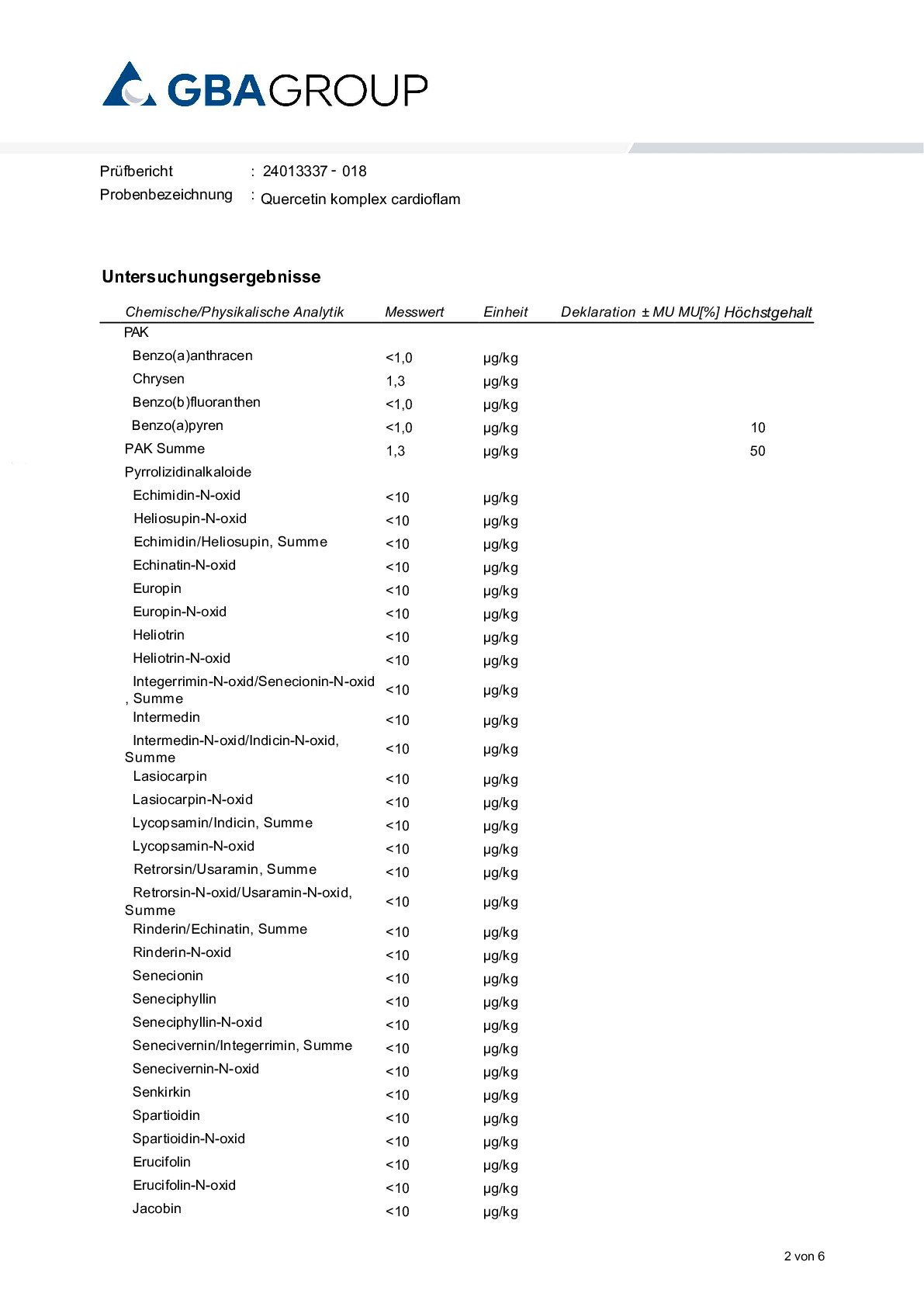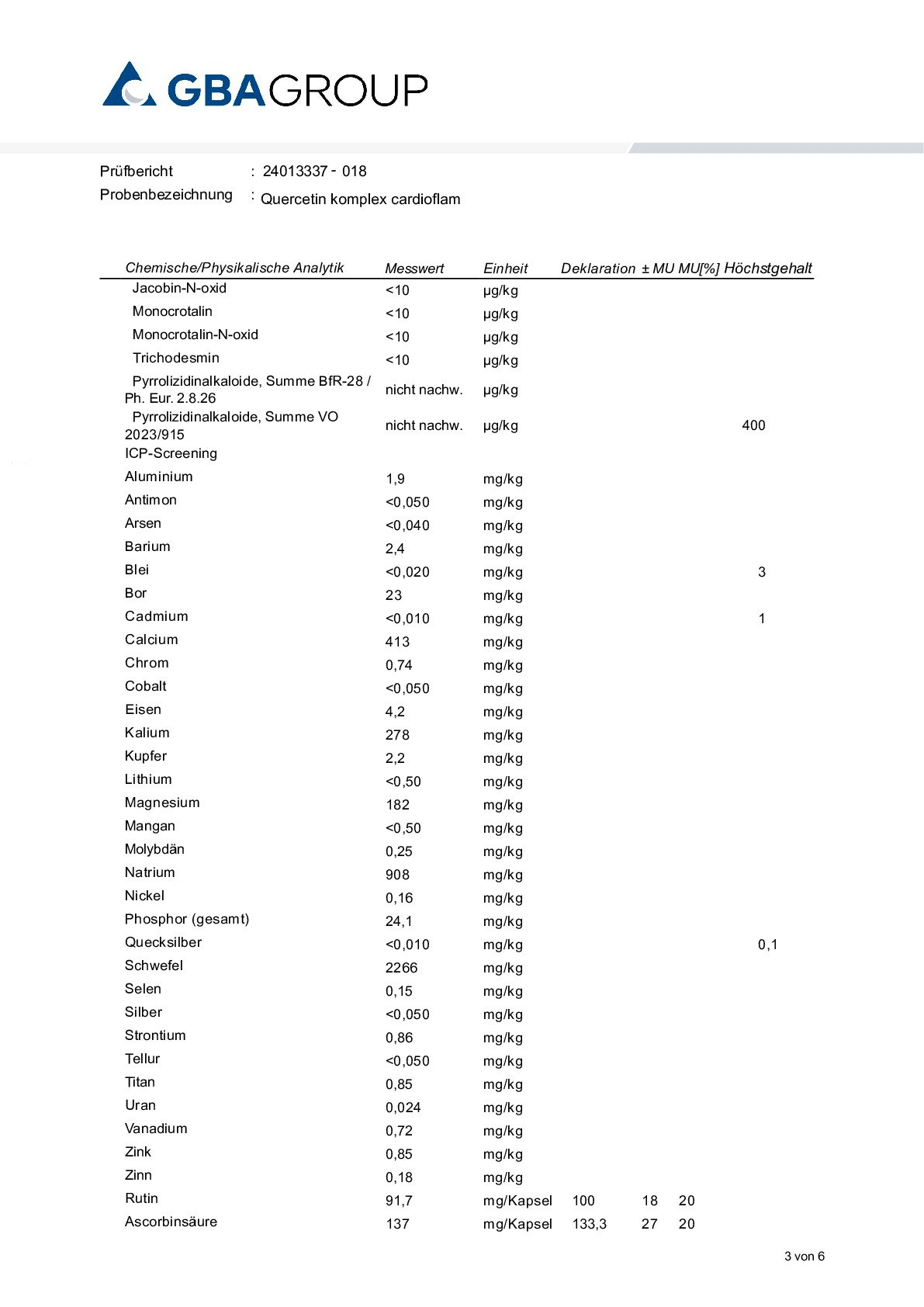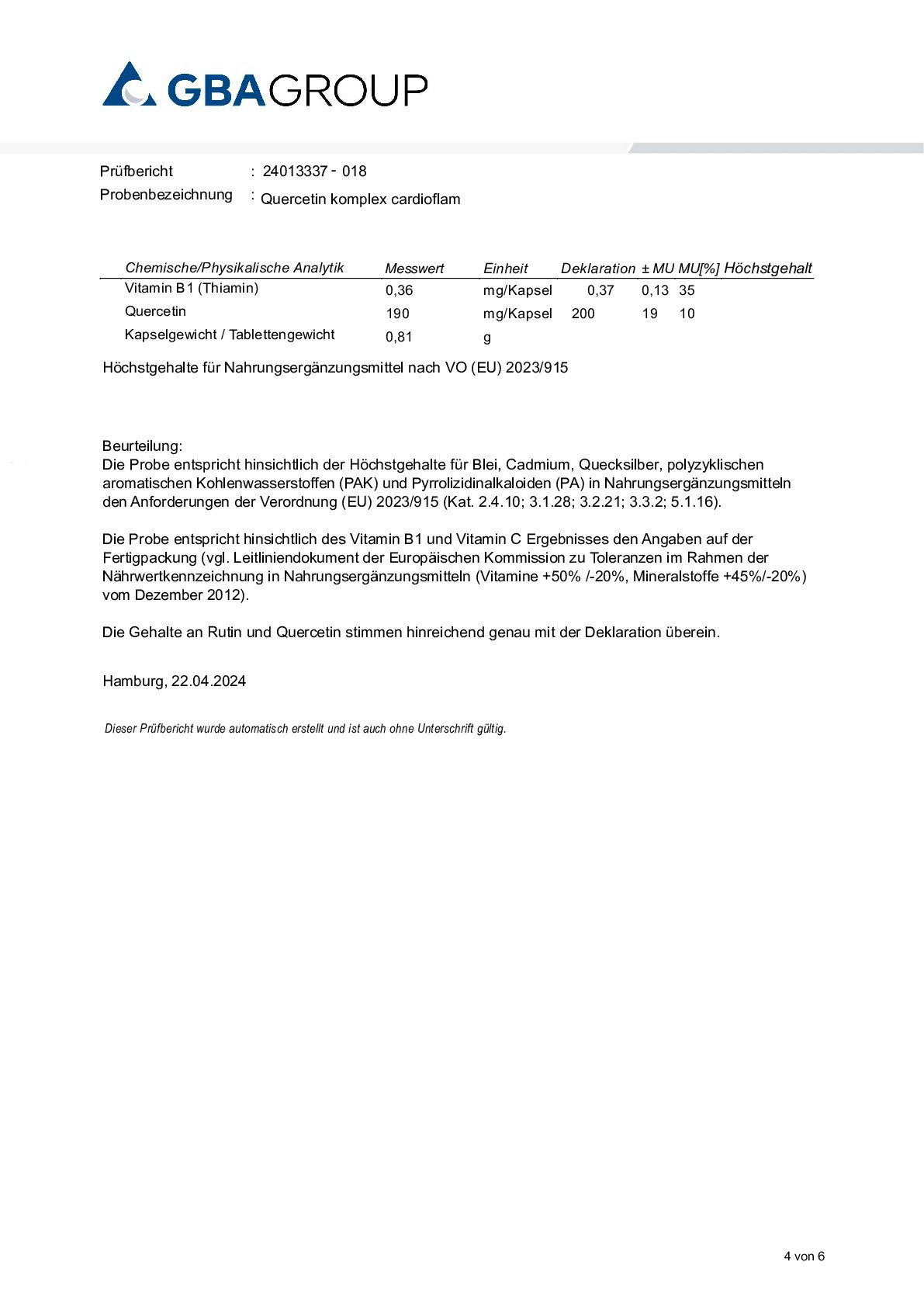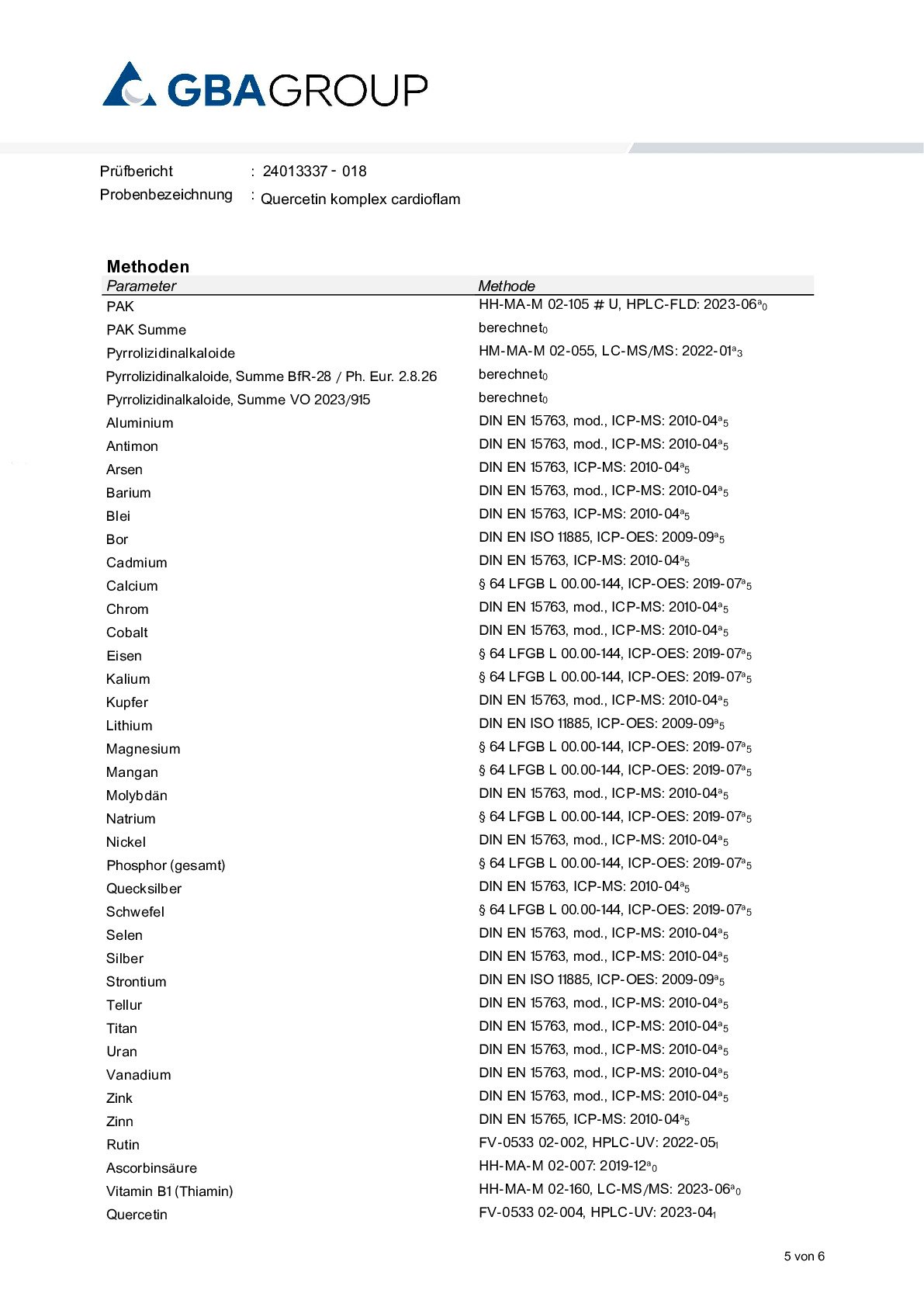Quercetin
Quercetin, one of the bioflavonoids, is one of the most frequently occurring polyphenols (aromatic compounds) in the plant world. As plant pigments, flavonoids are responsible for the colouring of flowers and leaves as well as for protecting plants from certain environmental influences.
Quercetin is particularly concentrated in the outer layers of plants and fruits, for example in grapes, apples or onions. However, if the skins are removed, the quercetin content drops to almost zero. Quercetin contains the word "quercus", the Latin name for oak, in whose bark particularly high concentrations of the polyphenol have been discovered. However, the outer layers of other tree species also have a high content of the active flavonoid.
The Japanese pagoda tree (Sophora japonica), from whose pure flower extract we obtain our 100% natural and available quercetin, contains exceptionally high amounts of quercetin.
Taxifolin
The flavonoid taxifolin (dihydroquercetin) occurs naturally in onions, apple peel, citrus fruits and in the wood of various conifers, including the bark of the larch (Larix gmelinii). Larch is very popular in the timber industry due to its durability and resilience. A number of plant constituents are responsible for these positive properties, including the high levels of taxifolin.
Bromelain
Bromelain is a proteolytic (i.e., protein-splitting) enzyme that occurs naturally in the pineapple plant (Ananas comosus). This valuable phytochemical was already highly valued by Native Americans. The enzyme is extracted from the stem of the plant, as this contains the most bromelain. The concentration of the phytochemicals in the pulp is relatively low, which is why it is not enough to eat large quantities of pineapple regularly to absorb significant amounts of bromelain. Our bromelain is obtained from the fresh, bromelain-rich stems of the pineapple. Juice is pressed from the peeled and chopped stems and the bromelain is then gently extracted using water extraction, freeze-dried and finely ground.
According to the European Food Safety Authority (EFSA):
Vitamin C contributes to:
- reduction of tiredness and fatigue,
- normal psychological function,
- regenerate the reduced form of vitamin E,
- a normal energy metabolism,
- normal functioning of the immune system (physical defence),
- normal functioning of the nervous system,
- to protect cells from oxidative stress,
- normal collagen formation for the normal function of blood vessels,
- normal collagen formation for normal bone function,
- normal collagen formation for normal cartilage function,
- normal collagen formation for normal function of the teeth,
- normal collagen formation for normal gum function,
- normal collagen formation for normal skin function,
- incressing the absorption of iron,
- maintaining the normal function of the immune system (physical defence) during and after intensive physical activity.
According to the European Food Safety Authority (EFSA), vitamin B1 contributes to:
- normal functioning of the nervous system,
- normal energy metabolism,
- normal mental function,
- normal heart function.

















